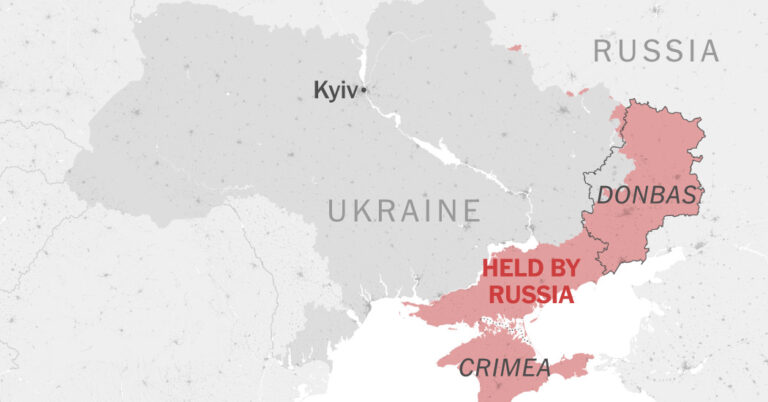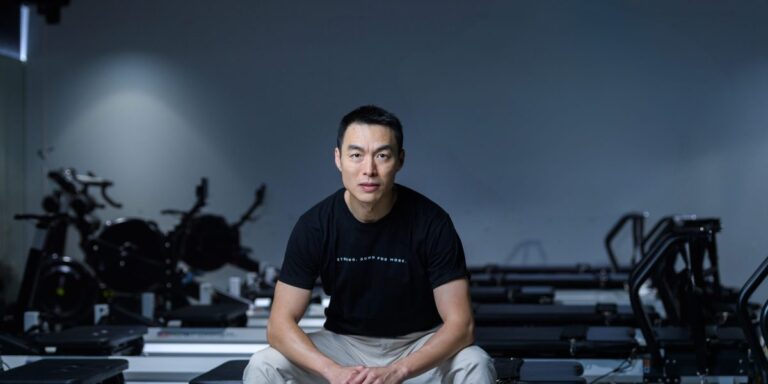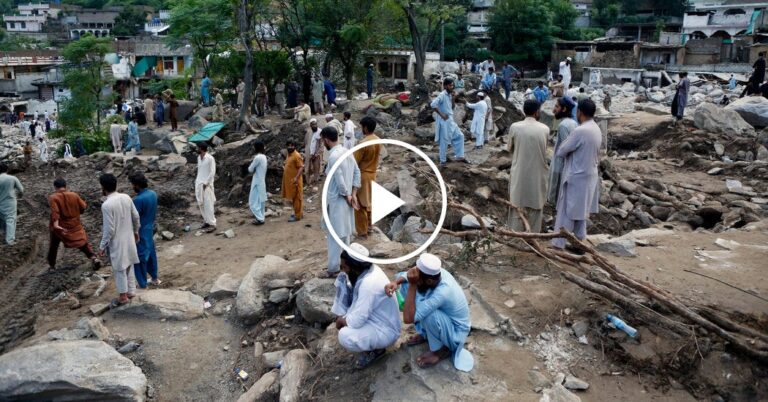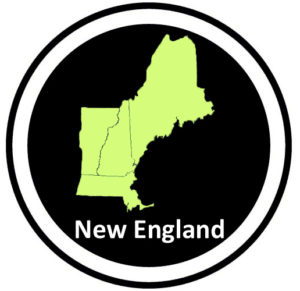President Vladimir V. Putin’s demand that Ukraine cede the entirety of the Donbas region before Russia stops fighting has highlighted a central question of any negotiations: where to draw a border both sides could accept.
But finding a solution will be fraught. President Volodymyr Zelensky flatly rejected Russia’s proposal, invoking Ukraine’s Constitution, which states that its territory is indivisible and inviolable.
Ukraine has long said that its goal is to restore the borders that were in place before Russia first invaded more than a decade ago. Mr. Putin has shown no willingness to end his pursuit of the Donbas.
Agreeing to a new border will require formalizing a 750-mile front that has violently shifted — sometimes in Ukraine’s favor, other times in Russia’s — for years.
Here is a look at Russia’s advances into Ukrainian territory since it first invaded Crimea in 2014.
2014-2022: Russian invasion of Crimea and the Donbas
Russian forces seized Crimea, a peninsula extending from Ukraine’s southern coast, in 2014. Mr. Putin then annexed the territory, a move that is not recognized internationally, after staging a widely disputed referendum.
Later that year, Russian-backed separatist forces also seized territory in eastern Ukraine. Fierce fighting saw approximately one-third of the Donbas occupied by Russian-backed forces, which declared breakaway republics. Separatists fought against the Ukrainian Army along a largely static front line until the full-scale invasion in 2022.
2022 Russian invasion
Russia made sweeping territorial gains in the first month of its full-scale invasion of Ukraine. Its forces seized a wide corridor of territory connecting Crimea to the Donbas; launched a massive assault toward Kyiv, Ukraine’s capital; and advanced deeper into eastern Ukraine.
By late March, Russia had reached the high watermark of its territorial control of Ukraine.
2022 Ukrainian counteroffensives
After failing to capture Kyiv, Russia withdrew from northern Ukraine in April 2022 to refocus efforts on the Donbas. Later that year, Ukrainian forces mounted two huge counteroffensives, recapturing most of the Kharkiv region in the east, then pushing Russian forces back across the Dnipro River in the south and regaining control of Kherson city.
By November 2022, Russia was forced out of many areas it had seized earlier in the war.
Today
Since then, Russia has continued to push forward across much of the 750-mile front, although it has failed to make a significant breakthrough.
Recently, Russia has made its largest territorial gains since the summer of 2022, capturing more than 200 square miles in July, according to open-source estimates. Most of its advances have resulted from assaults by small groups of infantry, often moving on foot or by motorbike.
But Russia is still some way from achieving full control of the Donbas, which the Kremlin typically sees as comprising the Donetsk and Luhansk regions in eastern Ukraine. Moscow now controls almost all of Luhansk, but Ukraine still controls more than 2,500 square miles of territory in Donetsk.
The territory Ukraine holds in Donetsk is among the most heavily fortified areas of the front, and includes two major cities, Sloviansk and Kramatorsk, which have served as a Ukrainian military hub since 2014. A Ukrainian withdrawal from that area would see it lose its defensive positions. At least 200,000 Ukrainians also still live on the land.












 2025 NEW ENGLAND REGION HIGH SCHOOL
2025 NEW ENGLAND REGION HIGH SCHOOL